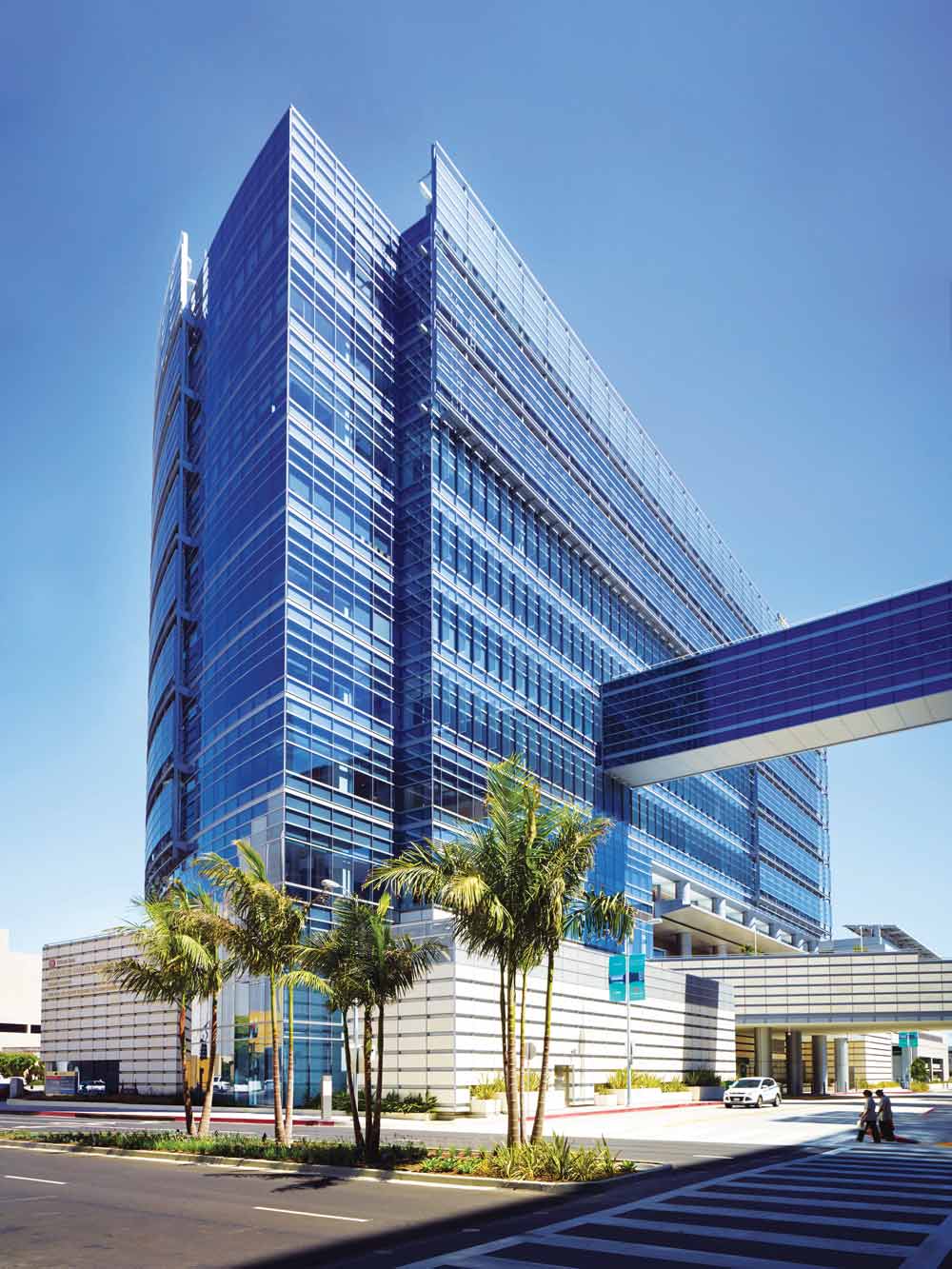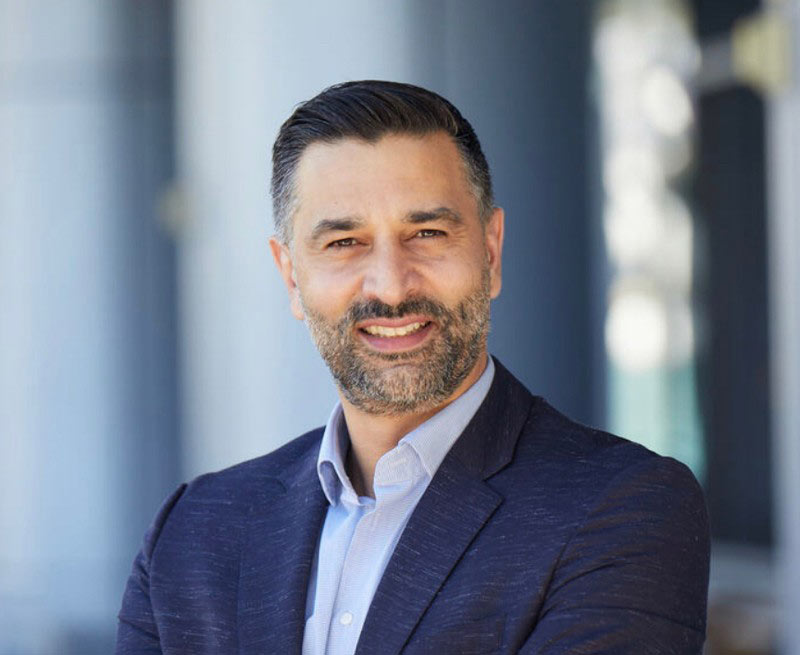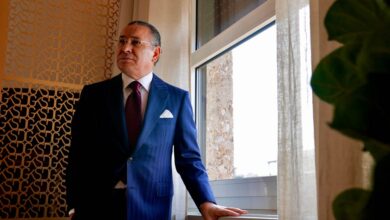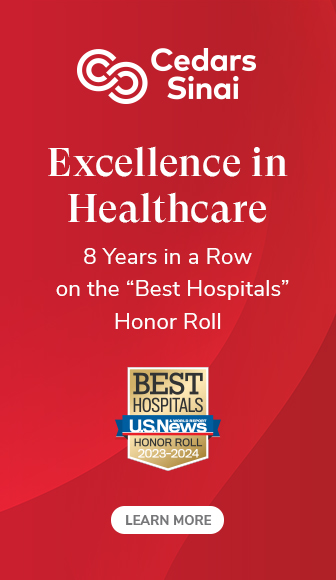“Cedars-Sinai is fully focused on providing quality outcomes and the best patient experience.”
In this exclusive interview with Heitham Hassoun, MD, Chief Executive, International at Cedars-Sinai, “Hospitals” Magazine explores the foundational principles guiding one of the world’s leading medical institutions. Dr. Hassoun shares insights on Cedars-Sinai’s commitment to quality outcomes, patient experience, and continuous improvement. From the hospital’s global outreach in the Middle East to strategic collaborations and the pursuit of excellence, this interview provides a compelling look into the visionary leadership shaping healthcare on a global scale.

What is the core mission and vision of your hospital, and how do these principles guide its day-to-day operations and future planning?.
Cedars-Sinai is fully focused on providing quality outcomes and the best patient experience. We offer the excellence of an academic medical center coupled with the agility of an independent institution. We are fortunate to be in Los Angeles, one of the world’s most diverse cities and a beautiful environment for health and wellness. We have been an integral part of our community for 120 years so our relationships and resources are substantial. Our talent is incredible. We are one of only three hospitals that are consistently above the national average in quality of outcomes for several key medical conditions. In 2023-24, we are proud to be on U.S. News & World Report’s “Best Hospitals” Honor Roll for the eighth consecutive year and six of our specialties are ranked among the top five in the U.S.
What measures or initiatives are in place to ensure the continuous improvement of healthcare quality and patient outcomes?
Cedars-Sinai takes a data-driven, evidence-based approach to continuously improving quality, safety and patient experience. We are an active member of the American Association of Medical Colleges (AAMC) Council of Teaching Hospitals and Health Systems (COTH), which represents 400 leading teaching hospitals and health systems in the U.S. Membership in COTH is recognized throughout the world as a standard for excellence in patient care, research and medical education. The U.S. government’s Centers for Medicare and Medicaid Services (CMS) collects data on 30-day mortality rates for Medicare patients who receive care for five health conditions: heart attack, heart failure, pneumonia, chronic obstructive pulmonary disease (COPD) and stroke. Since CMS began tracking this data, the mortality rates for Cedars-Sinai patients have remained among the lowest in the U.S. These outcomes are a direct reflection of our clinical excellence.
Could you elaborate on the specific objectives or goals your hospital aims to achieve by establishing a presence in the Middle East?
All of our global outreach efforts strive to bring care closer to the patient, whether through direct care delivery, telehealth consultation, visiting physicians, accreditation support, etc., or indirectly as we partner with private and public healthcare providers to establish the best modern medicine facilities. We are steadfast in achieving those goals in the Middle East and around the world.
What unique challenges or opportunities do you see in providing healthcare services in the Middle East compared to your domestic operations?
We see challenges and opportunities across the entire patient journey, including time zone differences where we are collaborating across night and day, variations in payor systems and regulatory environments and, most importantly, learning, respecting and valuing the differences among cultures and traditions. We envision a unified delivery system where the care you receive in Dubai is the same care that you receive in LA.
What partnerships or collaborations are being pursued in the Middle East to support your hospital’s international initiatives?
Cedars-Sinai International’s Global Services team continually explores opportunities to bring top-flight care closer to more people through collaborations with hospitals outside of the U.S. Through a variety of strategies, we offer a full spectrum of advisory and consulting services that help prospective partners achieve their goals as the global healthcare environment evolves. From Mexico to Asia to the Middle East, our experts participate in webinars, conferences and trade shows to share knowledge, ideas and visions for the future.
Additionally, our growing in-country office presence (currently in Mexico City, in Singapore and more countries) provides patients and referring physicians the opportunity to learn more about Cedars-Sinai, gain access to our knowledge through second opinions, and receive care in Los Angeles as the need arises.
Our strategic collaborations have already led to new state-of-the-art facilities like the View Hospital in Qatar, an affiliation between Cedars-Sinai and Elegancia Healthcare, which is a subsidiary of Estithmar Holding. This extraordinary facility ushered in a new era of global collaboration.
Cedars-Sinai has also been one of Abu Dhabi’s preferred providers in the U.S., facilitating a referral system which allows patients from UAE to benefit from Cedars-Sinai care and supports a wide range of quality improvement projects.
Regarding academic collaboration, we have an agreement with Khalifa University to provide third and fourth medical students access to short-term, hands-on clinical rotations of four to eight weeks in a variety of specialties. In FY 2023, we hosted three fourth-year medical students from Khalifa University for a two-month observership and clinical rotation experience on our main campus in Los Angeles.
With all these endeavors, one thing remains steadfast: our commitment to providing the finest care available and exceeding our patients’ expectations no matter where they are.
Can you highlight a key experience or turning point in your career that shaped how you lead and envision the hospital’s international growth?
I’ve learned and grown over the years by stepping outside my comfort zone as an academic surgeon and going out in the field and doing the work, whether on the clinical or administrative side. Early in my career, I spent a year in the UAE as Chief of Surgery at Tawam Hospital and after that, I came back to join the Johns Hopkins international team. Working there and embedding myself in the international department made all the difference. I’ve brought all that experience and so much more to my leadership role at Cedars-Sinai International, where we truly strive to impact the world through the work we do.
We are learning the dynamics of international collaboration and you can’t do that if you only focus on the US and what works here. It takes time and a passion for being out there with your counterparts and their teams.
















